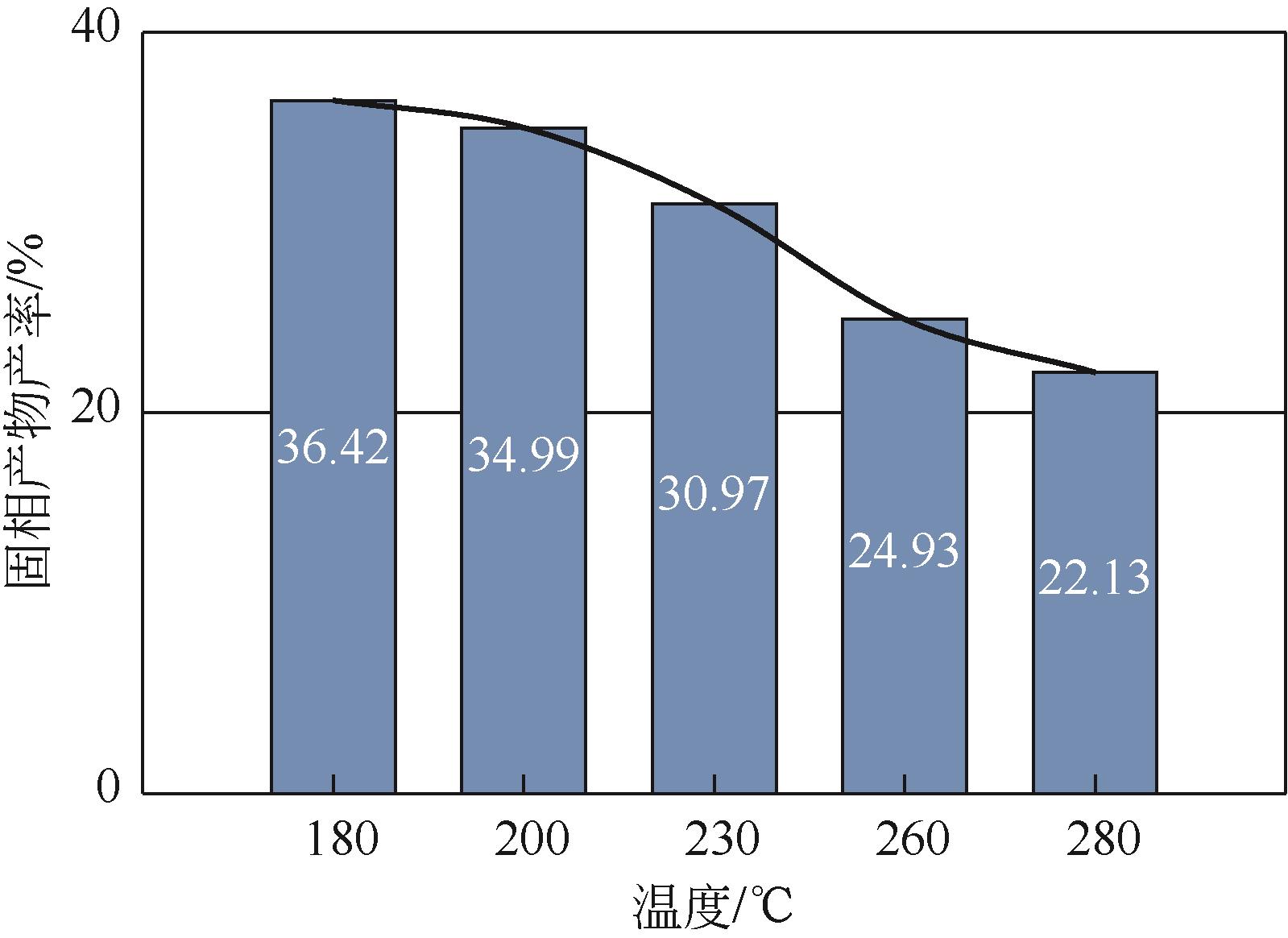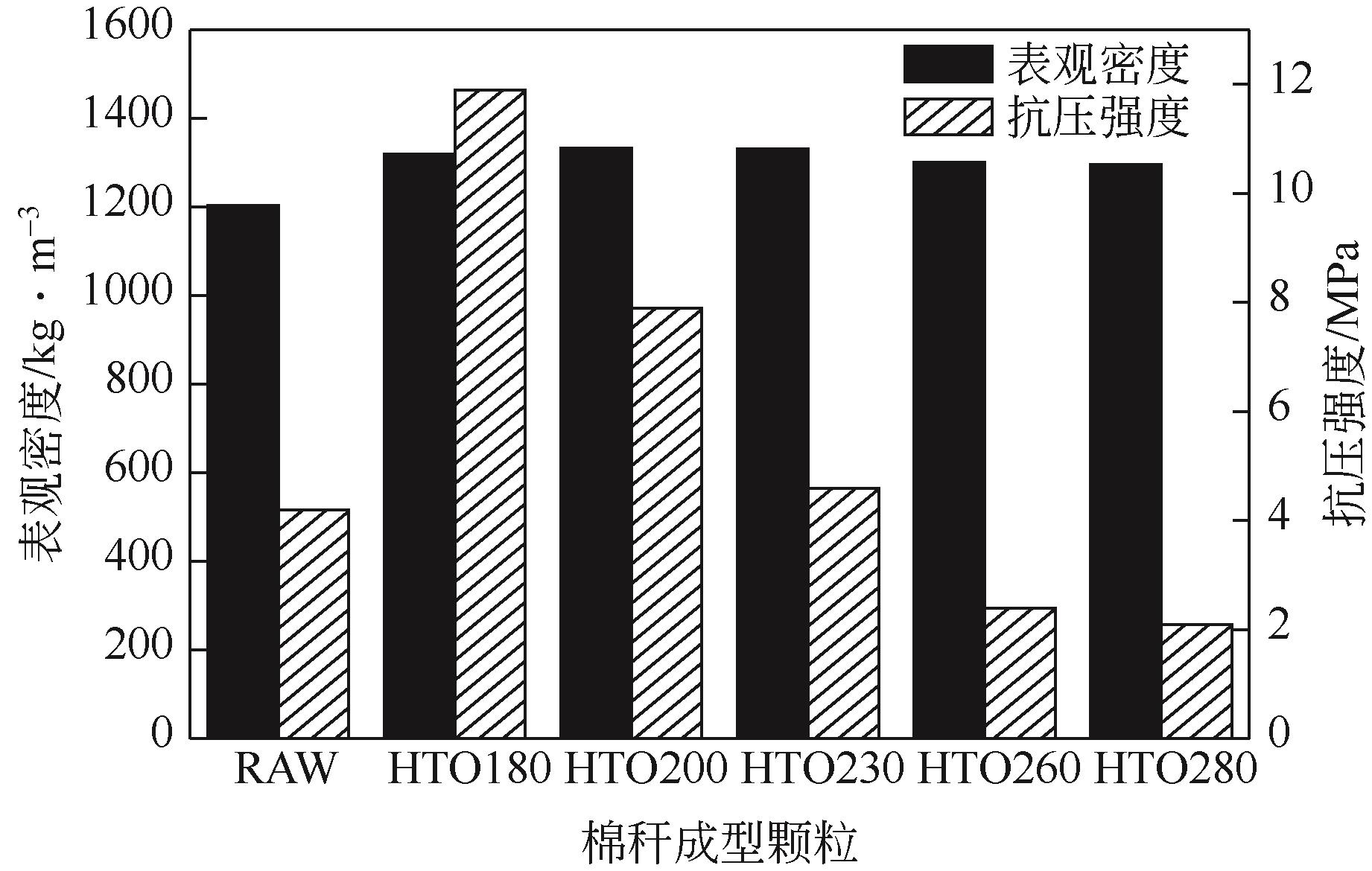| 1 |
中华人民共和国国家能源局. 生物质能发展“十三五规划”[Z]. 2016-10-15.
|
|
National Energy Administration. Biomass energy development“The 13th Five-Year Plan”[Z]. 2016-10-15.
|
| 2 |
WANG Z W, LEI T Z, YANG M, et al. Life cycle environmental impacts of cornstalk briquette fuel in China[J]. Applied Energy, 2017, 192: 83-94.
|
| 3 |
ANAND V, SUNJEEV V, VINU R. Catalytic fast pyrolysis of Arthrospira platensis (spirulina) algae using zeolites[J]. Journal of Analytical and Applied Pyrolysis, 2016, 118: 298-307.
|
| 4 |
崔旭阳, 杨俊红, 雷万宁, 等. 生物质成型燃料制备及燃烧过程添加剂应用及研究进展[J]. 化工进展, 2017, 36(4): 1247-1257.
|
|
CUI Xuyang, YANG Junhong, LEI Wanning, et al. Recent progress in research and application of DBBF additive in preparation and combustion process[J]. Chemical Industry and Engineering Progress, 2017, 36(4): 1247-1257.
|
| 5 |
BEIG B, RIAZ M, RAZA NAQVI S, et al. Current challenges and innovative developments in pretreatment of lignocellulosic residues for biofuel production: a review[J]. Fuel, 2021, 287: 119670.
|
| 6 |
张帅, 王贤华, 李攀, 等. 预处理法提高生物质热解产物品质的研究进展[J]. 化工进展, 2014, 33(2): 346-352.
|
|
ZHANG Shuai, WANG Xianhua, LI Pan, et al. Research progress in pretreatment method for the quality improvement of biomass pyrolysis products[J]. Chemical Industry and Engineering Progress, 2014, 33(2): 346-352.
|
| 7 |
金放鸣. 模拟自然加快碳循环: 水热转化生物质为高附加值产品[J]. 化工进展, 2010, 29(1): 1-10.
|
|
JIN Fangming. Speed up the carbon cycle by mimicking nature: hydrothermal conversion of biomass into value-added products[J]. Chemical Industry and Engineering Progress, 2010, 29(1): 1-10.
|
| 8 |
FANG Guigan, LIU Shanshan, SHEN Kuizhong, et al. Wet oxidation pretreatment of poplar waste for enhancing enzymatic hydrolysis efficiency[J]. Paper and Biomaterials, 2017, 2(2): 8-17.
|
| 9 |
WANG C W, ZHANG S Y, WU S Y, et al. Effect of oxidation processing on the preparation of post-hydrothermolysis acid from cotton stalk[J]. Bioresource Technology, 2018, 263: 289-296.
|
| 10 |
孙梦圆, 张守玉, 王才威, 等. 棉秆水热及水热氧化过程水相产物分析研究[J]. 化工学报, 2020, 71(5): 2382-2388.
|
|
SUN Mengyuan, ZHANG Shouyu, WANG Caiwei, et al. Aqueous products prepared by hydrothermal and hydrothermal oxidation processes of cotton stalk[J]. CIESC Journal, 2020, 71(5): 2382-2388.
|
| 11 |
VASSILEV S V, BAXTER D, ANDERSEN L K, et al. An overview of the organic and inorganic phase composition of biomass[J]. Fuel, 2012, 94: 1-33.
|
| 12 |
SEGAL L, CREELY J J, MARTIN A E, et al. An empirical method for estimating the degree of crystallinity of native cellulose using the X-ray diffractometer[J]. Textile Research Journal, 1959, 29(10): 786-794.
|
| 13 |
WU S Y, ZHANG S Y, WANG C W, et al. High-strength charcoal briquette preparation from hydrothermal pretreated biomass wastes[J]. Fuel Processing Technology, 2018, 171: 293-300.
|
| 14 |
MOON C, SUNG Y, AHN S, et al. Effect of blending ratio on combustion performance in blends of biomass and coals of different ranks[J]. Experimental Thermal and Fluid Science, 2013, 47: 232-240.
|
| 15 |
PENG X W, MA X Q, XU Z B. Thermogravimetric analysis of co-combustion between microalgae and textile dyeing sludge[J]. Bioresource Technology, 2015, 180: 288-295.
|
| 16 |
FLÓREZ PARDO L M, SALCEDO MENDOZA J G, LÓPEZ GALÁN J E. Influence of pretreatments on crystallinity and enzymatic hydrolysis in sugar cane residues[J]. Brazilian Journal of Chemical Engineering, 2019, 36(1): 131-141.
|
| 17 |
LENG E W, ZHANG Y, PENG Y, et al. In situ structural changes of crystalline and amorphous cellulose during slow pyrolysis at low temperatures[J]. Fuel, 2018, 216: 313-321.
|
| 18 |
ILANIDIS D, WU G C, STAGGE S, et al. Effects of redox environment on hydrothermal pretreatment of lignocellulosic biomass under acidic conditions[J]. Bioresource Technology, 2021, 319: 124211.
|
| 19 |
ZHU G K, YANG L, GAO Y, et al. Characterization and pelletization of cotton stalk hydrochar from HTC and combustion kinetics of hydrochar pellets by TGA[J]. Fuel, 2019, 244: 479-491.
|
| 20 |
KARIMI K, TAHERZADEH M J. A critical review of analytical methods in pretreatment of lignocelluloses: composition, imaging, and crystallinity[J]. Bioresource Technology, 2016, 200: 1008-1018.
|
| 21 |
SHINDE S D, MENG X Z, KUMAR R, et al. Recent advances in understanding the pseudo-lignin formation in a lignocellulosic biorefinery[J]. Green Chemistry, 2018, 20(10): 2192-2205.
|
| 22 |
STEFANIDIS S D, KALOGIANNIS K G, ILIOPOULOU E F, et al. A study of lignocellulosic biomass pyrolysis via the pyrolysis of cellulose, hemicellulose and lignin[J]. Journal of Analytical and Applied Pyrolysis, 2014, 105: 143-150.
|
| 23 |
LI S Q, SONG H, HU J H, et al. CO2 gasification of straw biomass and its correlation with the feedstock characteristics[J]. Fuel, 2021, 297: 120780.
|
| 24 |
CAO Z Y, ZHANG S Y, HUANG X H, et al. Correlations between the compressive strength of the hydrochar pellets and the chemical components: evolution and densification mechanism[J]. Journal of Analytical and Applied Pyrolysis, 2020, 152: 104956.
|
| 25 |
孔令照. 生物质废弃物水热资源化处理过程及机理研究[D]. 上海: 同济大学, 2008.
|
|
KONG Lingzhao. Research on hydrothermal reutilization process and mechanics of biomass wastes[D]. Shanghai: Tongji University, 2008.
|
| 26 |
LEE J T E, KHAN M U, TIAN H L, et al. Improving methane yield of oil palm empty fruit bunches by wet oxidation pretreatment: mesophilic and thermophilic anaerobic digestion conditions and the associated global warming potential effects[J]. Energy Conversion and Management, 2020, 225: 113438.
|
| 27 |
REZA M T, LYNAM J G, VASQUEZ V R, et al. Pelletization of biochar from hydrothermally carbonized wood[J]. Environmental Progress & Sustainable Energy, 2012, 31(2): 225-234.
|
| 28 |
WANG C W, ZHANG S Y, HUANG S, et al. Effect of hydrothermal treatment on biomass structure with evaluation of post-pyrolysis process for wood vinegar preparation[J]. Fuel, 2021, 305: 121513.
|
| 29 |
霍丽丽, 赵立欣, 郝彦辉, 等. 国内外生物质成型燃料质量标准现状[J]. 农业工程学报, 2020, 36(9): 245-254.
|
|
HUO Lili, ZHAO Lixin, HAO Yanhui, et al. Quality standard system of densified biomass fuels at home and abroad[J]. Transactions of the Chinese Society of Agricultural Engineering, 2020, 36(9): 245-254.
|
 ), 张守玉1(
), 张守玉1( ), 曹忠耀1, 郎森1, 刘思梦1, 周义1, 胡南2, 吴玉新3
), 曹忠耀1, 郎森1, 刘思梦1, 周义1, 胡南2, 吴玉新3
 ), ZHANG Shouyu1(
), ZHANG Shouyu1( ), CAO Zhongyao1, LANG Sen1, LIU Simeng1, ZHOU Yi1, HU Nan2, WU Yuxin3
), CAO Zhongyao1, LANG Sen1, LIU Simeng1, ZHOU Yi1, HU Nan2, WU Yuxin3





